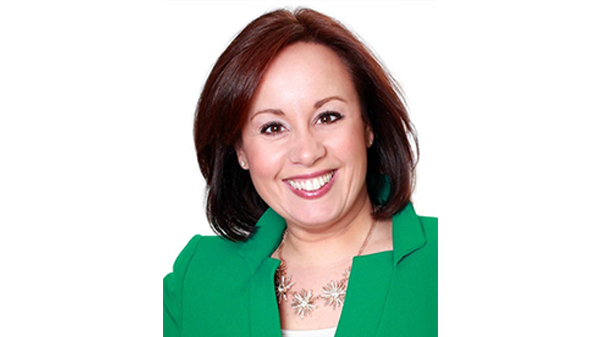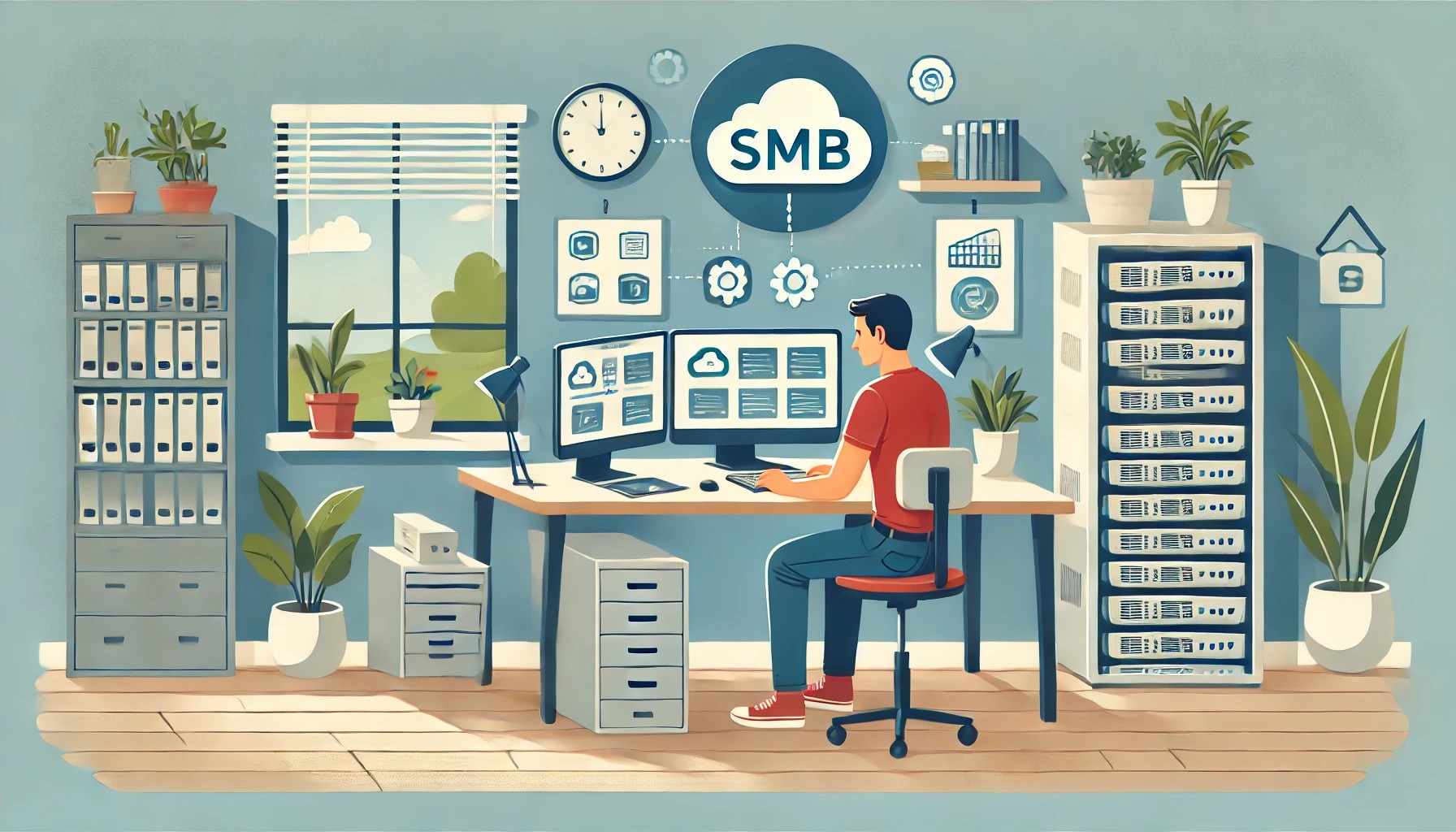As I sit at my kitchen table—I needed a change of scenery from my desk—I have three employees out sick with COVID and two are awaiting test results (and thus quarantining). Two-thirds of our employees have been infected, and my MSP’s experience over the past two years is becoming the global norm. I am praying the small group that have not been infected stay healthy and strong.
We all thought we would be done with “this” by now. The media aligned the projected longevity of COVID with the Spanish Flu outbreak of 1918. Well, that ran its ugly course in 18 months. Here we are two years later, and we have yet another surge in cases. I feel like I am in a horror movie replaying repeatedly in my mind. I know the villain is lurking, and I am anxiously waiting for them to strike. My heart skips a beat every time a new positive test result is revealed. I am exhausted. Are you too?
Our industry is an essential business. Without IT providers, how would other businesses survive? Understanding how critical my MSP is while also being quite cognizant of the #GreatResignation, I have approached my role as a leader by clinging to the power of emotional intelligence. Each breath I take in front of my team and clients, each word I utter, each action I make, must be made with cautious intentionality. It is my responsibility to maintain the morale of my team and instill confidence in my clients that we’ve got their back.
What is Emotional Intelligence?
Emotional intelligence, often referred to as EQ (emotional quotient) is our ability to identify and manage the emotions of ourselves and others. Psychologist, author, and EQ pioneer Daniel Goleman breaks down EQ into four main domains: self-awareness, self-management, social awareness, and relationship management.
In other words, the way I choose to react to a given situation (self-awareness and self-management) directly impacts others’ perception of me and their emotional response (social awareness and relationship management).
Our job as leaders is to empower our team to thrive and grow. How in the world do you maintain your cool when each day is an emotional rollercoaster? Our employees keep contracting COVID, required quarantines force a slow-down of productivity and place an extra burden on those lucky enough to be healthy. Clients are tightening their belts because they are feeling the pressures too.
The Key: Have A Mindset of Adaptability and Flexibility
It would be inappropriate to show up to any meeting either in-person or virtual, in a perpetual jovial state. The perception will inevitably be that you are out of touch with reality and have a sheer lack of empathy for their needs. On the other hand, we also don’t want to appear to “crack under pressure.”
Here are five critical and intentional actions I implemented (and continue to practice) to persevere through the pandemic and beyond:
1. No Excuses Mindset – The minute the pandemic hit, my husband Eric and I looked at each other, took a deep breath, and said, “We have to do all we can to provide inspirational leadership and instill confidence that we will get through this, together.” We have maintained this mindset and will continue to do so even after this epic event is over.
2. Show Vulnerability – While I’ve had a no-excuses mindset, I am human too. It is perfectly natural and important for your employees to see that you possess empathy. Sharing emotions such as sadness, relief, happiness, and even frustration (using EQ to keep myself from appearing like a monster!) helps the employee connect with you on multiple levels.
3. Stay Connected – Before the pandemic, I was having a weekly all-staff meeting. For the past two years, we’ve instituted a “daily huddle.” Monday to Thursday we get together for 20 or so minutes. Some meetings we talk tech, others we discuss current events or analyze inspirational quotes. On Fridays, our big one-hour meeting, each employee shares a big win for the week. Being present and consistently connected makes me feel even more united with my team. I know more about their families and pets, and they know more about me too.
Our clients were a priority too. We continued to schedule consistent meetings with them and ramp up our communications via webinars, eblasts, and social media. It’s critical to show we are strong, viable, and focused on keeping them safe. People are in such a vulnerable psychological state. We want to calm them down not increase their anxiety.
4. Communication Beyond the Office – In addition to staff meetings, we provided PPE for our team, at-home rapid test kits, homemade soup, check-in text messages to team members, and more. We want our team to know that we truly care and are thinking about them during their most difficult times.
5. Make Eye Contact and Smile, ALOT – Nonverbal behavior speaks very loudly! It is also so easily misconstrued! When I was sharing words of encouragement with my team, I was also very cognizant that I was making eye contact and smiling often. Who wants to stare at a constantly frowning face?
I am anxiously awaiting the day that this horror flick will end. Until then, I will continue to focus on my team’s culture and client retention. Comment below. These are ways I practice EQ. How do you?
LISA SHORR is a certified advanced image consultant and owner of Shorr Success and Secure Future Tech Solutions. With more than two decades of experience in the sales and marketing arena, she conducts workshops and coaches MSPs on professional development and corporate branding.














